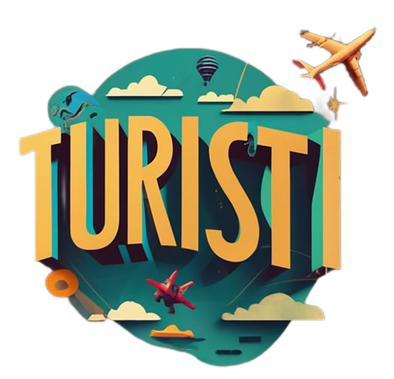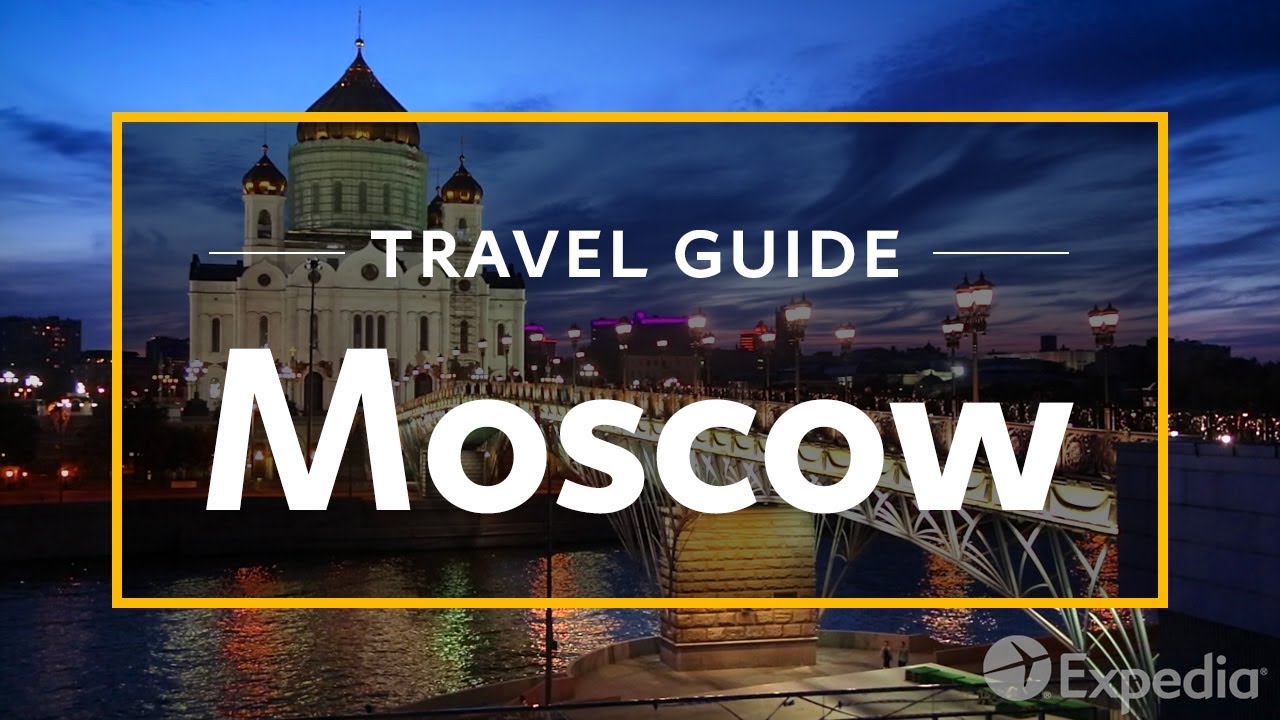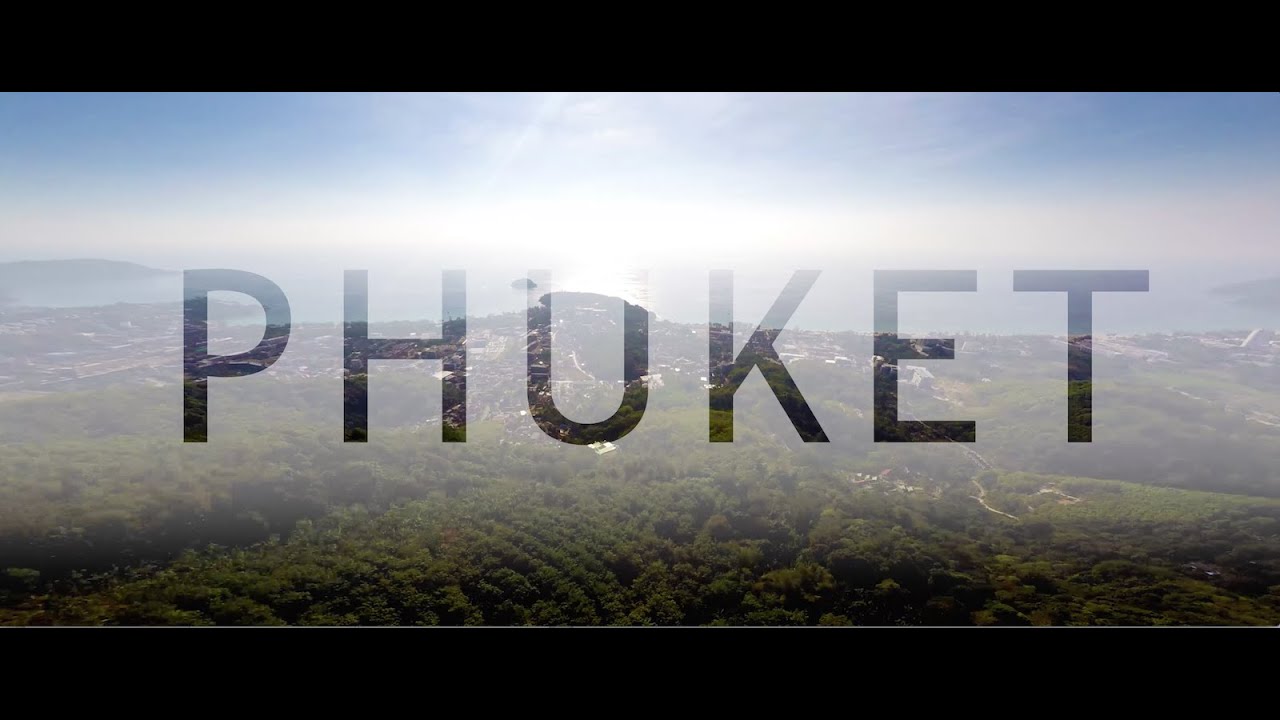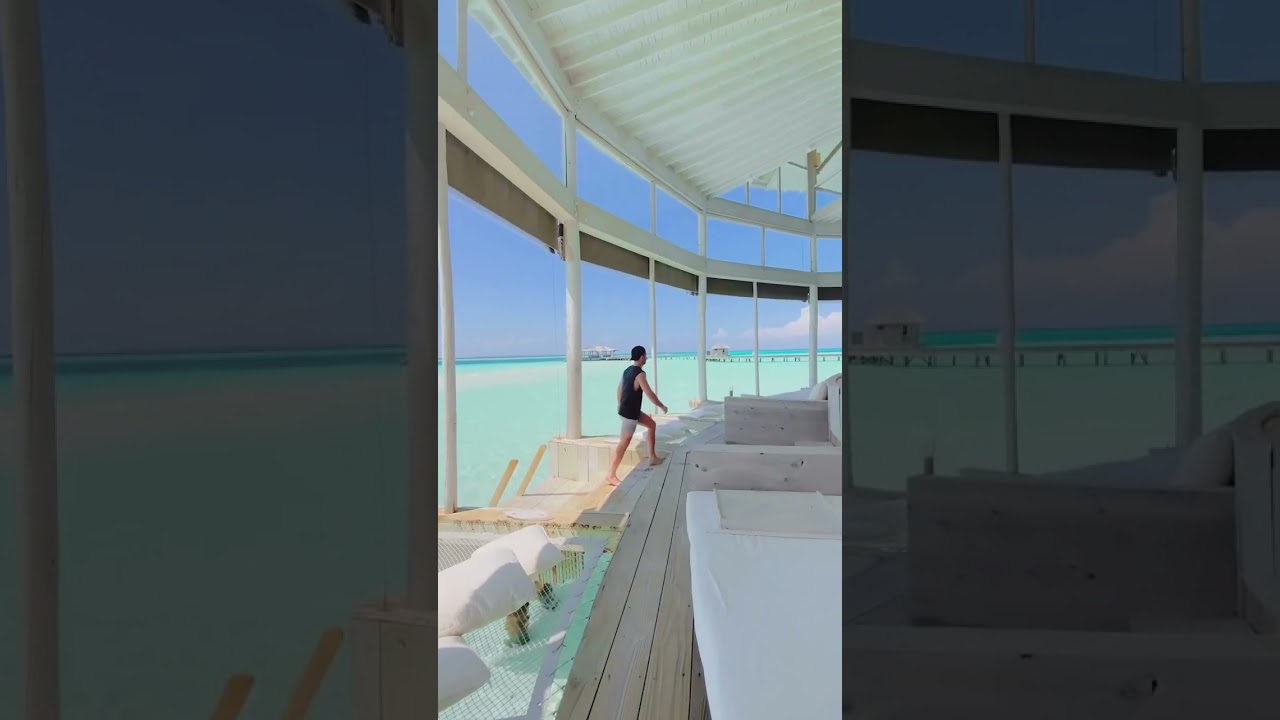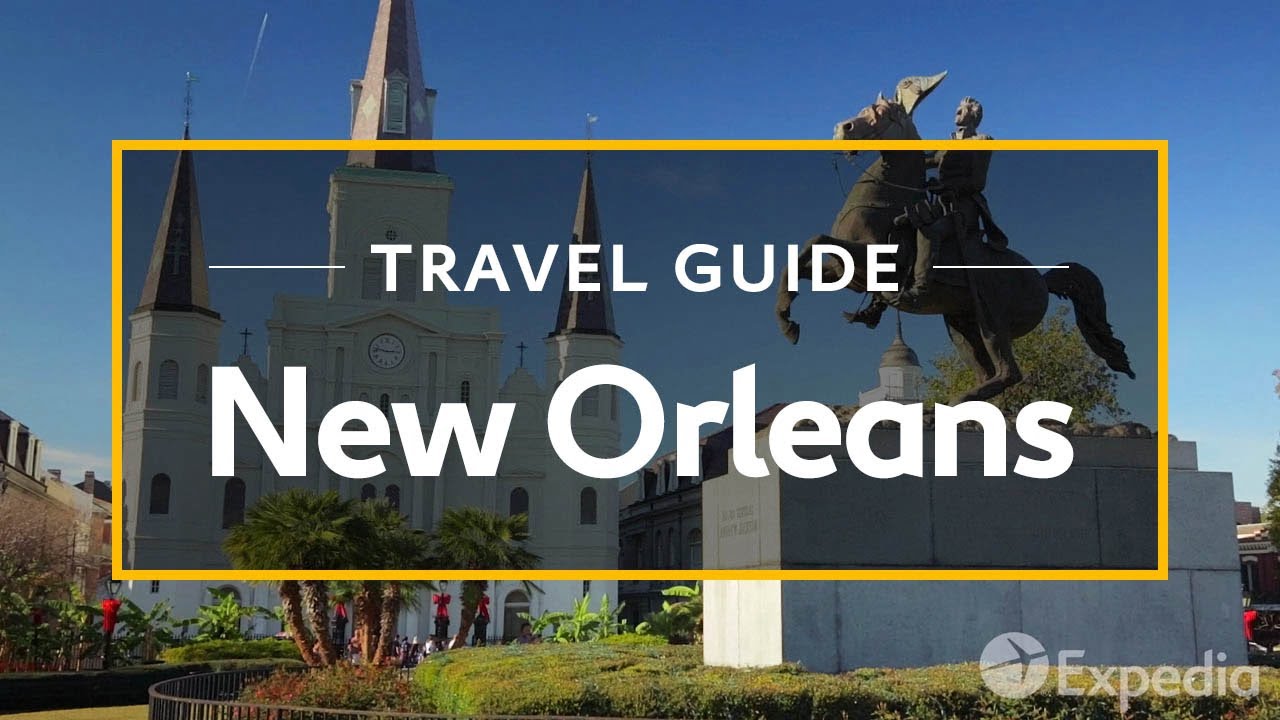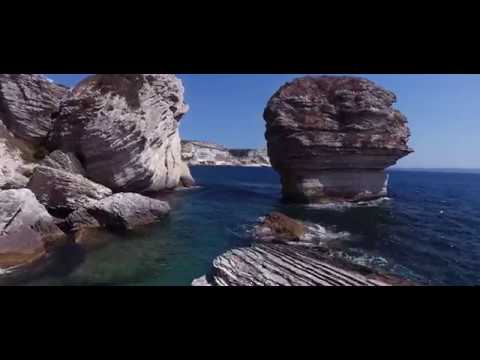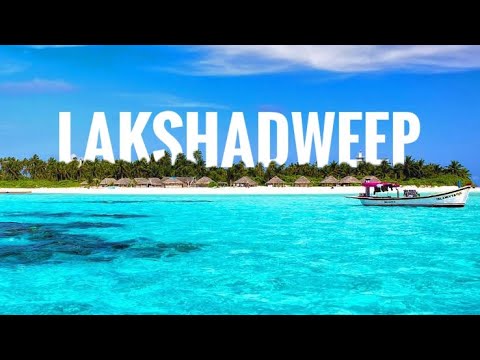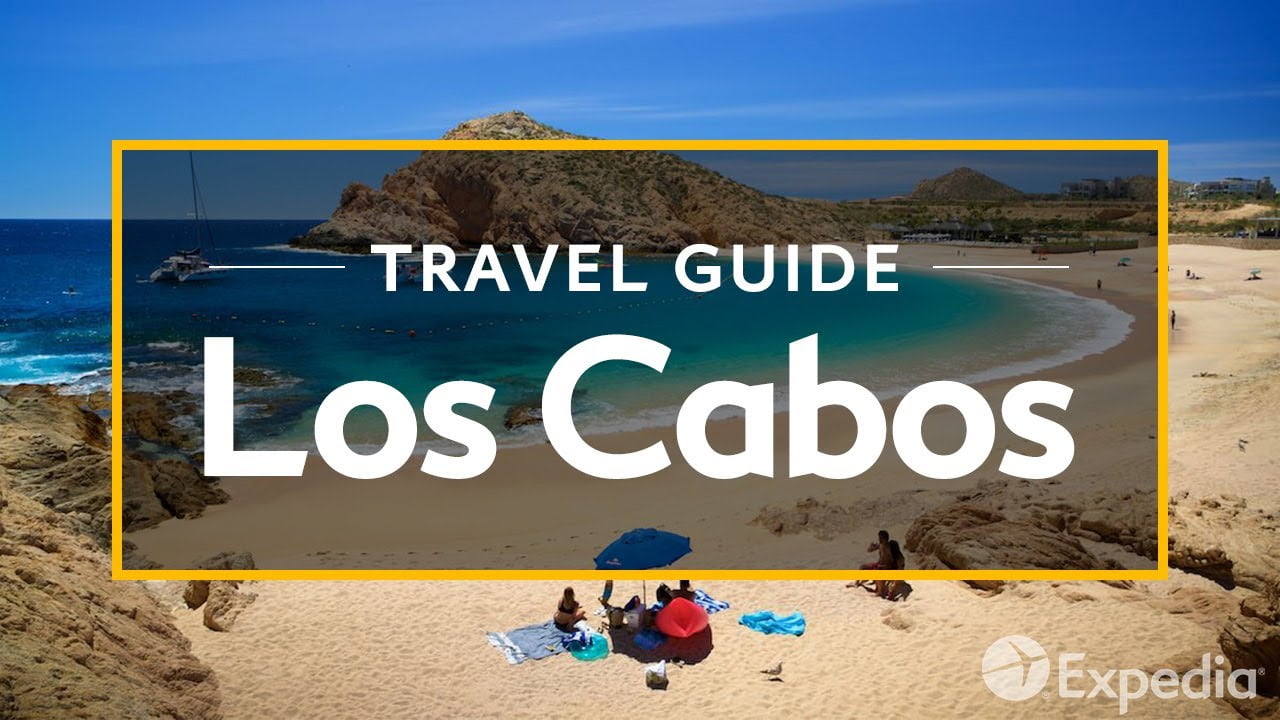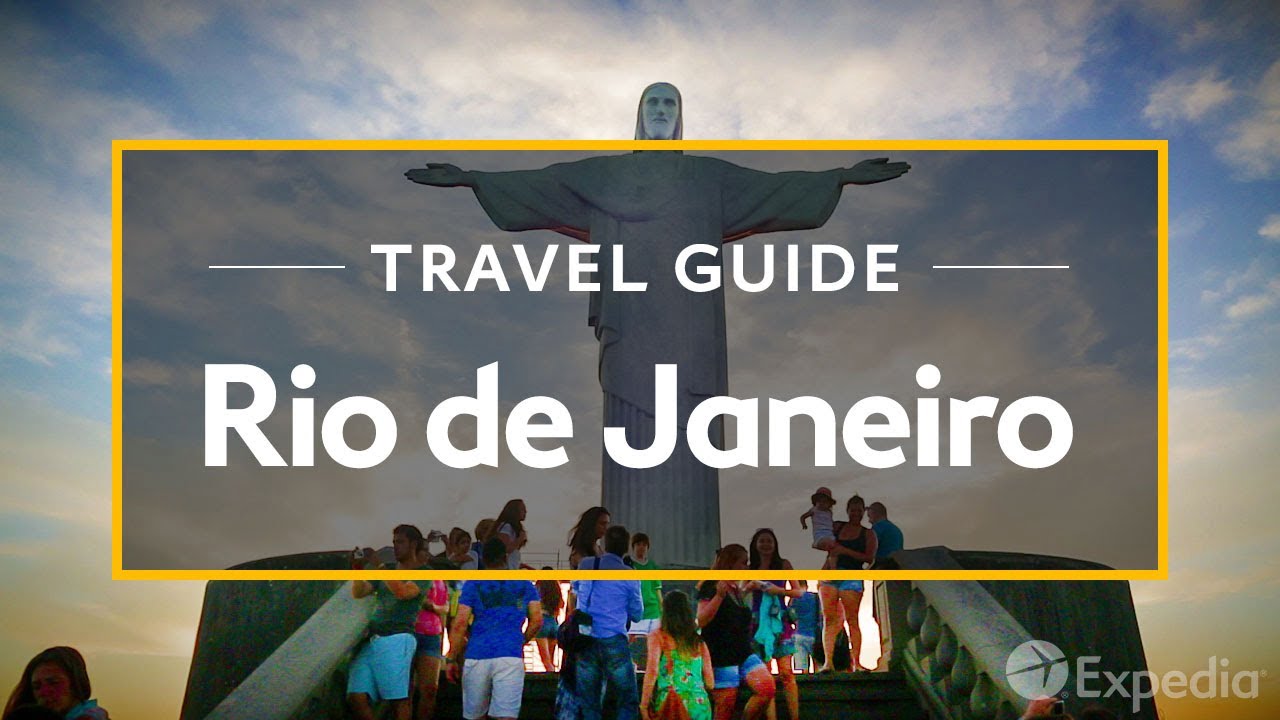Check out all the places seen in this video
A long, narrow country squeezed in between the South East Asian Sea and the Laos and Cambodia borders, Vietnam is a land of striking landscapes.
Ranging from the lush rice terraces and forested mountains in the north to the picturesque valleys of the Central Highlands and the fertile delta and beautiful beaches of the south.
Included in the mix are booming cities, colonial towns, traditional villages and otherworldly islands. Here’s a look at the best places to visit in Vietnam.
12. Dalat. Year-round cool weather and idyllic scenery of misty valleys, lush pine trees and colorful flowers are some of the reasons that Dalat was once used by Vietnamese emperors and French colonials as a summer retreat.
Today, this charming town in the South Central Highlands of Vietnam is a popular destination for those looking for relief from the heat. A walkable city, Dalat is a beautiful scene of French colonial architecture and villas set amid picturesque landscapes.
11. Tam Coc. On paper, Tam Coc can be described as rice paddies surrounded by limestone cliffs and rock formations. In reality, Tam Coc is one of the most breathtakingly beautiful destination in Vietnam.
The best way to explore is by boat, and you can set off on a rowboat that takes you up alongside the lush green paddies and between striking limestone cliffs.
You’ll even float through three tunnels that run through the mountains, which were carved over time by the river itself.
10. Phu Quoc. Phu Quoc is a scenic island in the Gulf of Thailand. While it officially forms part of Vietnam, it is actually closer geographically to Cambodia.
Today, it’s characterized by dense tropical jungle, soft sandy beaches, and undulating hills.
But the island has a fascinating history, having served first as a missionary base and then as a French colonial prison. History aside, the island is most tempting for its alluring tropical nature. Days in Phu Quoc are spent sunbathing on sandy beaches, scootering around fishing villages, visiting pearl farms, and trekking to waterfalls.
9. Phong Nha-Ke Bang. Located near the Laos border, Phong Nha-Ke Bang is one of the most picturesque parts of the country.
With a steadfast reputation as a filming location for Kong: Skull Island, and with a nearby international airport, the national park is more popular than ever before.
Home to 400 million-year-old karst mountains, there are hundreds of caves and secretive rivers to explore.
The Son Doong Cave is a must visit. Home to its very own hidden jungle, microclimate, and Underground River, it’s one of the largest caves on Earth.
8. Ho Chi Minh City. Lying along the Saigon River in southern Vietnam, Ho Chi Minh City was formerly known as Saigon and served as the capital of South Vietnam during the Vietnam War.
Today, it is the largest city of the reunified country, offering plenty of reasons to visit. Head to the top of the Saigon Skydeck for an astonishing 360-degree view of the city.
The Reunification Palace is also a fascinating place to go. It’s a famous spot in Vietnam’s history as it captures the time when Saigon fell as a tank broke through the gates of the palace.
A replica of this same tank can be seen on the grass outside the palace.
7. Mekong Delta. Colorful floating markets, fruit orchards, rice paddies, bird sanctuaries and quaint villages are all what draw many to the Mekong Delta in southwestern Vietnam.
Nicknamed “Vietnam’s Rice Basket,” the Mekong Delta is an agricultural region made fertile by the maze of canals and streams fed by the Mekong River.
Stretching from the Gulf of Thailand to Ho Chi Minh City, the delta region feeds more than a third of the country from its rich plantations, rice paddies and fish farms.
6. Nha Trang. Located on one of Asia’s most beautiful bays off the coast of South Central Vietnam, Nha Trang is a popular seaside resort city.
Picturesque mountains, beaches and lush islands all make it a favorite destination among tourists, Vietnamese and scuba divers.
Adorned with resorts, palm trees and a lovely promenade, Nha Trang’s beach is its main draw.
Amusement and water parks provide fun for everyone with roller coasters and wave pools.
5. Sapa. Located in the remote northwest of Vietnam, the mountainous town of Sapa is known for its culturally diverse population as well as its proximity to incredible scenery.
From the town, there are many organized tours that aide tourists in mountain hikes and exploring the nearby rice paddies and remote villages.
These tours present views of beautiful waterfalls and the opportunities to experience the food, customs and way of life among the local tribes.
4. Hue. Situated on the banks of the Perfume River in Central Vietnam, Hue once served as the imperial capital of the Nguyen dynasty.
Today, the vestiges of this former glorious period are reflected in the city’s architecture, culture and cuisine.
Of the city’s monuments, the Citadel is the most famous. Once the seat of the Nguyen emperors, the Citadel is a sprawling complex of grand palaces, ornate temples, walls and gates.
Another important landmark is the city’s official symbol, the Thien Mu Pagoda.
3. Hoi An. Located off the coast of the South East Asian Sea, Hoi An is a beautiful, old city dating back 2,000 years to the Champa Kingdom.
The city’s historic architecture, traditional culture and textiles make it a popular destination in Vietnam. At the heart of Hoi An is its atmospheric Old Town which is small enough to walk around easily.
The narrow, winding lanes of the Old Town are lined with beautiful old architecture, traditional wooden houses and hundreds of tailor shops selling clothing, shoes, bags and souvenirs.
2. Hanoi. As the booming capital city of a reunified Vietnam, Hanoi is an exhilarating blend of eastern and western culture.
French colonialism is visible through cuisine as well as architecture, particularly in the French Quarter in the Hoan Kiem District. Hanoi is packed with incredible temples, and a visit to the 11th century Temple of Literature is a must-do activity.
The side-by-side Ho Chi Minh Museum and Mausoleum are also major attractions in Hanoi, and both are striking buildings from the exterior.
1. Halong Bay. One of the best-known destinations in the entire country is Halong Bay. Its reputation is well deserved, because it is truly beautiful.
Halong means descending dragons, which is indicative of the silhouette of the limestone outcrops that poke out from the water.
Day cruises are a spectacular way to experience the beauty of this otherworldly bay and to see as many of the islands as possible.
You can go swimming, look for caves to explore or find some of the more remote, uninhabited islands while cruising through Halong Bay.

